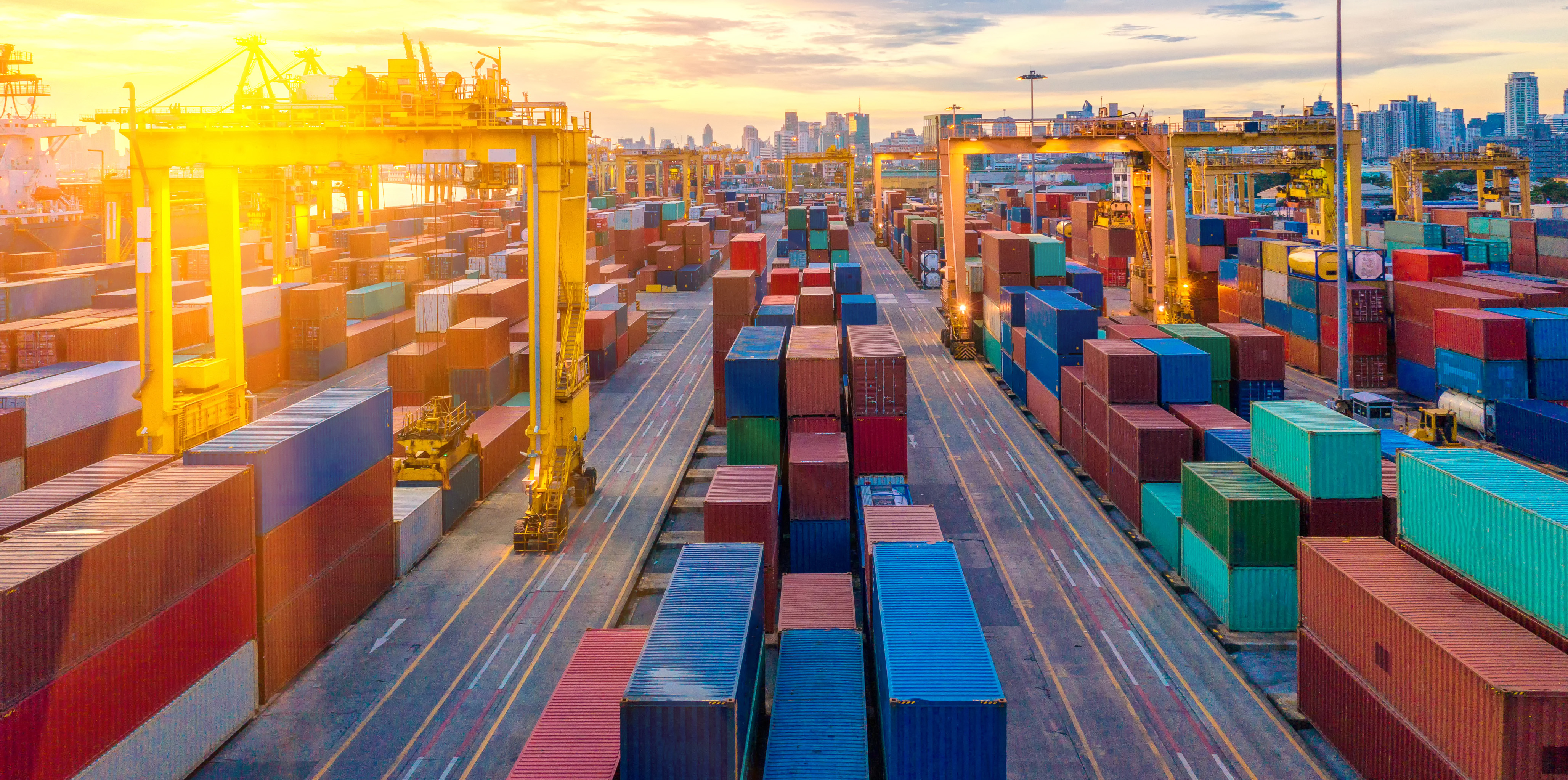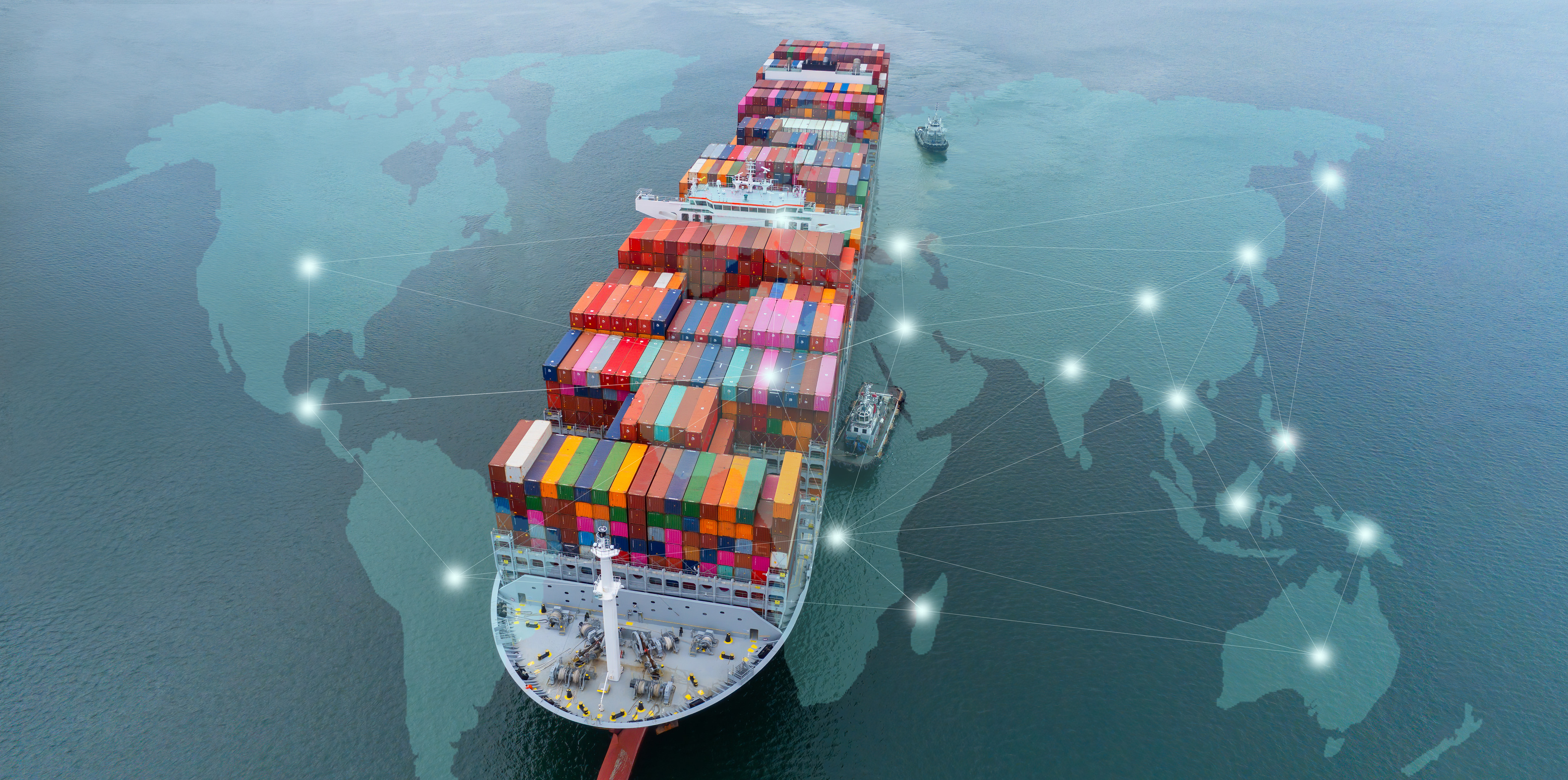Made in Italy is a global symbol of quality, creativity, craftsmanship, and innovation. In today’s complex economic environment, expanding abroad has become a necessity for Italian companies, as the domestic market alone is insufficient to ensure sustainable growth.
For this reason, succeeding in international markets requires a clear and well-defined strategy that integrates innovation, internationalisation, and appropriate financial solutions.
This article delves into the topic of Made in Italy exports, beginning with an analysis of the macroeconomic landscape, exploring the key elements for competing in foreign markets, the importance of internationalisation and trade finance, and the strategic factors that can support Italian companies in their journey of international development.
THE MACROECONOMIC LANDSCAPE OF MADE IN ITALY
Made in Italy has always stood out for its adaptability and resilience in challenging macroeconomic contexts. In recent years, Italian exports have demonstrated significant growth, highlighting the strength of key sectors such as fashion, agri-food, and chemicals. Despite geopolitical tensions, the demand for high-quality Italian products continues to grow, maintaining a strong global reputation for well-known brands.
According to data from the Confcommercio Study on Made in Italy, Italy ranks among the world’s top ten exporters, positioned immediately after Germany. Approximately 75% of national exports come from strategic sectors such as machinery, metallurgy, fashion, automotive, agri-food, chemicals, and pharmaceuticals. Among the Made in Italy sectors, the wine and beverage segment dominates the global market with a 9.4% share, followed by textiles/clothing (6.1%), furniture (6.0%), machinery (5.4%), and jewellery (5.0%).
Italy’s main trading partner remains Germany, followed by the United States, which has risen to second place ahead of France. While EU27 partners account for nearly half of total exports, Italian companies face competition from countries like China, Poland, India, and Vietnam, which compete primarily on cost, as well as from Germany, France, Spain, and the UK, which in some sectors offer products similar to those manufactured in Italy.
The study includes approximately 140,000 Italian exporting companies, many of which are micro-enterprises accessing foreign markets out of necessity but often unable to consolidate a long-term presence. Thus, it is crucial to promote facilitated financing measures to increase the number of exporting companies and strengthen the operations of those already active in international markets.
Free Trade Agreements and European partnerships are critical in distributing Italian products abroad. Recent agreements with countries such as Canada and Japan have included the recognition of hundreds of Typical Geographical indication, significantly reducing the phenomenon of Italian sounding and enabling high-quality Italian products to access key markets.
On a national level, Made in Italy promotion has intensified since 2015, driven by the Extraordinary Plan for the Promotion of Made in Italy and Investment Attraction. This program has continued to receive government funding, reaching an allocation of €168.7 million for 2022/2023 and €149.7 million for 2024. Thanks to these initiatives, promotional spending for Italian companies abroad reached €220.3 million in 2023, primarily invested in sporting events and trade fairs.

